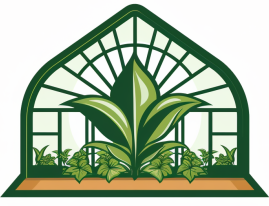
Building a budget-friendly greenhouse may seem like a daunting task, but with the right tips and tricks, it can be easier than you think. In this article, you will discover ten invaluable tips that will guide you through the process of creating your own environmentally friendly oasis without breaking the bank. From materials to design, maintenance to energy efficiency, these tips cover all aspects of greenhouse construction, ensuring that you can enjoy the benefits of a thriving garden while keeping your wallet happy. So, grab your tools and get ready to embark on a budget-friendly greenhouse adventure!
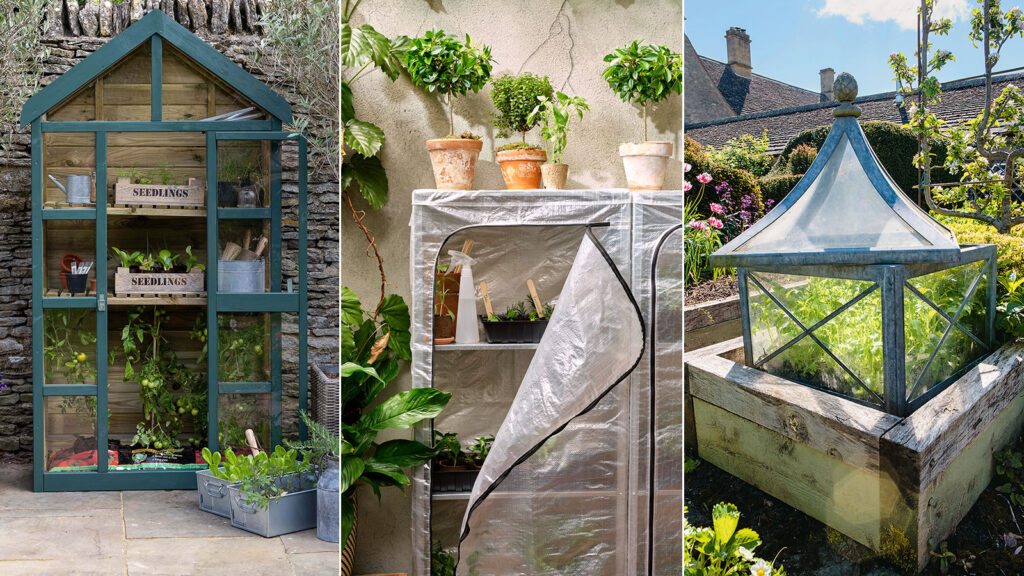
This image is property of cdn.mos.cms.futurecdn.net.
Location
Choose a suitable site
When building a budget-friendly greenhouse, the first step is to choose a suitable site. Look for an area in your backyard that receives ample sunlight throughout the day. Ideally, the location should have good soil drainage and be protected from strong winds. Additionally, consider the proximity to a water source for easy irrigation.
Utilize existing structures
One way to save on costs is to utilize existing structures. If you have an unused shed, barn, or garage, these can be transformed into a greenhouse with minimal modifications. By repurposing an existing structure, you can save money on building materials and take advantage of the built-in foundation and walls.
Design and Materials
Opt for a simple design
When it comes to the design of your budget-friendly greenhouse, simplicity is key. Complex designs often require more materials and labor, which can drive up costs. Instead, opt for a simple and straightforward design that meets your needs. A basic rectangular or square shape, with a sloping roof, is efficient and cost-effective.
Use recycled or repurposed materials
To keep costs down, consider using recycled or repurposed materials for your greenhouse construction. Old windows can be transformed into greenhouse walls, while reclaimed wood can be used for framing. Get creative and explore local salvage yards, online classifieds, or even ask friends and neighbors if they have any materials to spare.
Consider alternative glazing options
Instead of expensive glass, consider alternative glazing options for your greenhouse, such as polycarbonate panels or greenhouse film. These materials are more affordable and still provide adequate insulation and light transmission. With careful selection, you can find cost-effective glazing options that suit your budget and climate.
Foundation
Use affordable materials
When building the foundation for your budget-friendly greenhouse, opt for affordable materials such as concrete blocks or gravel. These materials are readily available and less expensive compared to poured concrete. Remember to level the ground and ensure proper drainage to prevent moisture issues.
Implement a DIY foundation
To save on costs, consider implementing a DIY foundation for your greenhouse. A simple and cost-effective method is to create a foundation using pressure-treated wood or railroad ties. By constructing the foundation yourself, you can customize it to fit the size and shape of your greenhouse while keeping expenses low.
Size
Build a small-scale greenhouse
Building a smaller-scale greenhouse is a great way to save money. A smaller greenhouse requires less material and can be more energy-efficient since it has a smaller volume to heat and cool. Assess your needs and the available space to determine the appropriate size for your budget-friendly greenhouse.
Consider the available space
When planning the size of your greenhouse, consider the available space in your backyard. Take into account any existing structures, trees, or obstructions that may limit the greenhouse’s dimensions. By utilizing the available space efficiently, you can maximize the functionality of your greenhouse while keeping costs in check.
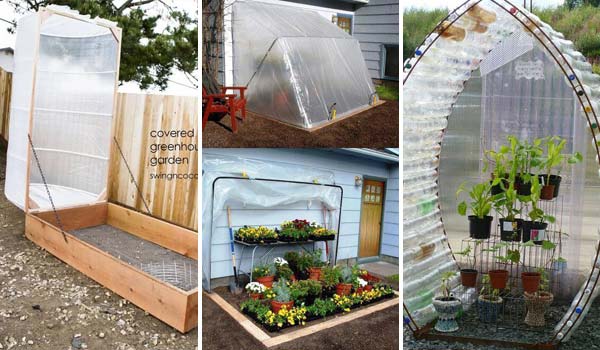
This image is property of www.woohome.com.
Insulation
Choose cost-effective insulation materials
Proper insulation is essential for maintaining a stable and controlled environment inside your budget-friendly greenhouse. Choose cost-effective insulation materials such as fiberglass batts or rigid foam insulation. These options provide good insulation properties while being affordable and readily available.
Use double-walled or bubble wrap insulation
For an extra layer of insulation, consider using double-walled polycarbonate panels or bubble wrap insulation. Double-walled panels create an air gap that acts as insulation, while bubble wrap can be applied to the greenhouse walls or ceilings to trap heat effectively. Both options are economical and provide added insulation benefits.
Ventilation
Install affordable vents or fans
Proper ventilation is crucial for regulating temperature and humidity levels in your budget-friendly greenhouse. Install affordable vents or fans that allow hot air to escape and fresh air to enter. Ventilation options such as louvered vents, roof vents, or inexpensive fans can be easily installed and automated for efficient airflow without breaking the bank.
Implement natural ventilation techniques
In addition to mechanical ventilation, consider implementing natural ventilation techniques to reduce costs. This can include strategically placed windows that can be opened for cross ventilation or installing a ridge vent to allow hot air to escape. These techniques rely on natural airflow and can help maintain a comfortable and healthy environment for your plants.
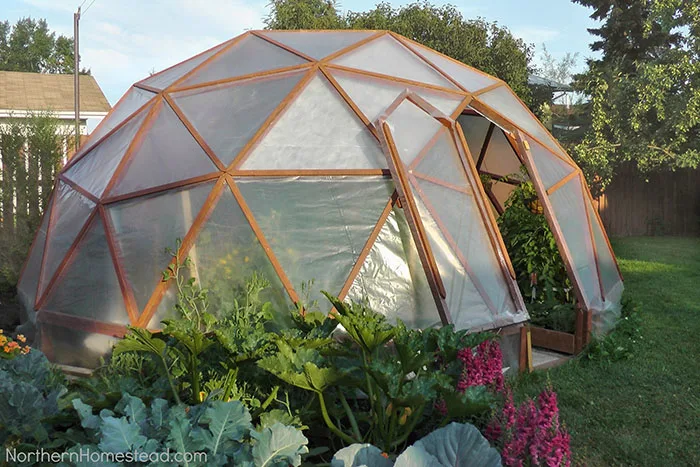
This image is property of offgridworld.com.
Heating
Utilize passive solar heating
Harnessing the power of the sun is a cost-effective way to heat your budget-friendly greenhouse. Positioning your greenhouse to maximize exposure to the sun’s rays can provide passive solar heating during the day. Also, consider using thermal mass materials such as dark-colored water barrels or bricks, which absorb and release heat, helping to regulate temperatures in your greenhouse.
Consider low-cost heating options
For colder climates or to extend the growing season, consider low-cost heating options for your greenhouse. This can include using electric space heaters, propane heaters, or even compost heating. Explore the most affordable and efficient heating solutions that align with your budget and climate conditions.
Irrigation
Collect and reuse rainwater
watering your plants can be an ongoing expense, but by collecting and reusing rainwater, you can significantly reduce costs. Install rain barrels or a larger rainwater collection system to capture and store rainwater. This water can then be used for irrigating your greenhouse, saving on water bills and being more environmentally friendly.
Implement a DIY drip irrigation system
A budget-friendly option for watering your plants is to implement a DIY drip irrigation system. This involves using hoses, piping, or recycled materials to create an efficient system that delivers water directly to the root zone of each plant. Drip irrigation reduces water waste and ensures plants receive the necessary moisture without overwatering.
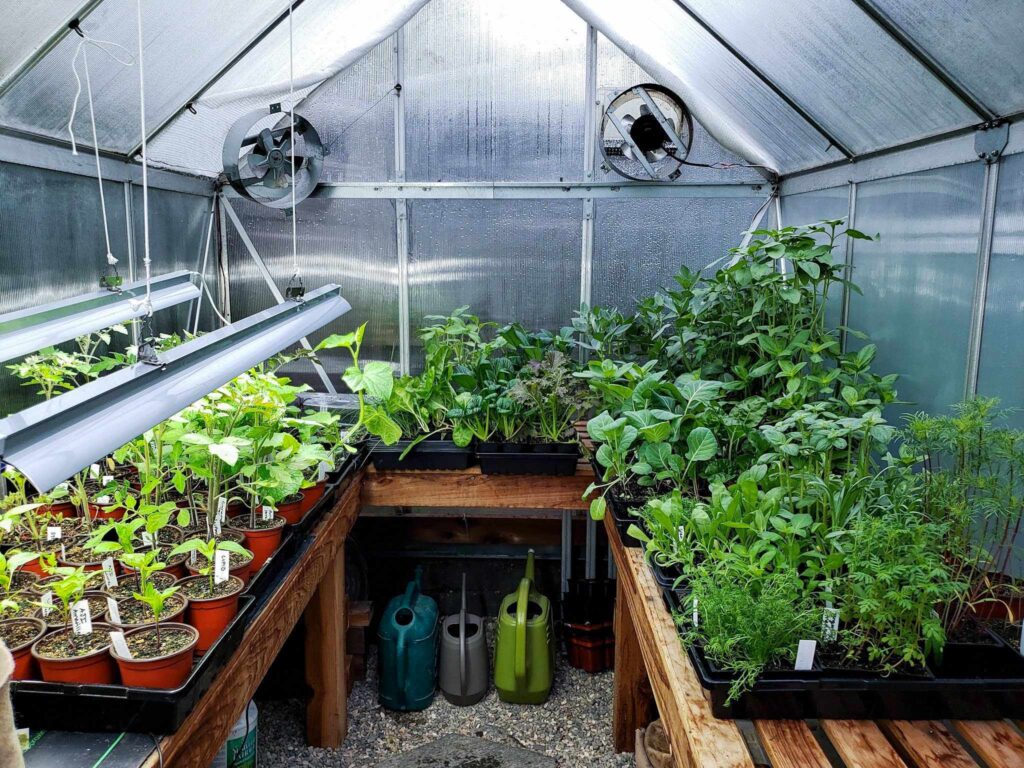
This image is property of homesteadandchill.com.
Shade and Cooling
Create shade using cost-effective methods
To protect your plants from excessive sunlight and heat, create shade using cost-effective methods. This can include using shade cloth, inexpensive shade sails, or even repurposing old bedsheets. By providing shade, you can prevent plant stress and reduce the need for additional cooling measures.
Use evaporative cooling techniques
Evaporative cooling is an affordable and environmentally friendly way to cool your budget-friendly greenhouse. This can be achieved by using evaporative cooling pads or misting systems, which create a fine mist that cools the air as it evaporates. By incorporating evaporative cooling techniques, you can maintain optimal temperatures for your plants without relying heavily on expensive air conditioning.
Plant Selection
Choose plants that thrive in the local climate
To ensure the success of your budget-friendly greenhouse, choose plants that are well-suited to the local climate. Selecting plants that naturally thrive in your region can reduce the need for costly interventions such as specialized heating or cooling systems. Research the specific needs and requirements of different plant varieties and choose those that can flourish in your area without excessive assistance.
Opt for disease and pest-resistant varieties
Another way to save money and minimize the need for expensive interventions is to opt for disease and pest-resistant plant varieties. These varieties have built-in natural defenses against common pests and diseases, reducing the reliance on chemical treatments and costly preventive measures. By selecting resilient plants, you can save on ongoing maintenance and protect your budget-friendly greenhouse investment.
By following these tips and taking a thoughtful approach, you can build a budget-friendly greenhouse that suits your needs and fits within your financial means. Remember to adapt the ideas to your specific circumstances, making the most of the resources available to you. With a little creativity and careful planning, you can create a thriving and cost-effective greenhouse that brings joy and abundance to your gardening endeavors.
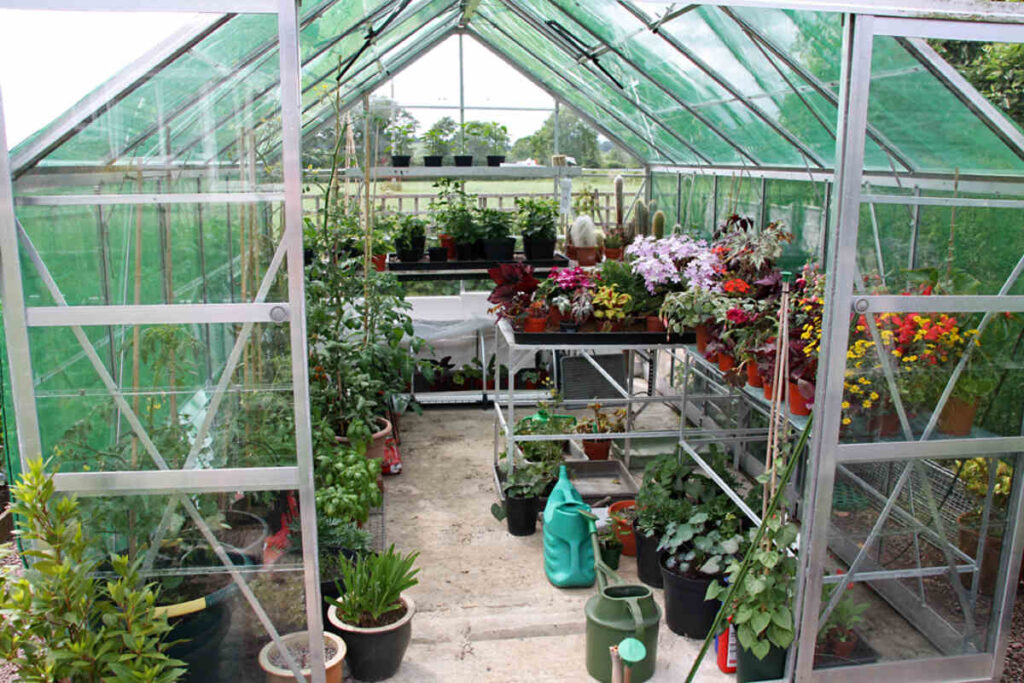
This image is property of www.lawnstarter.com.
